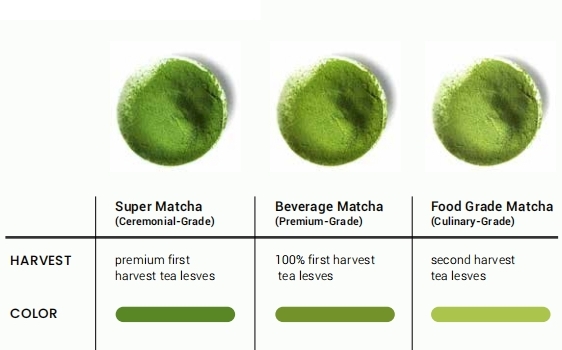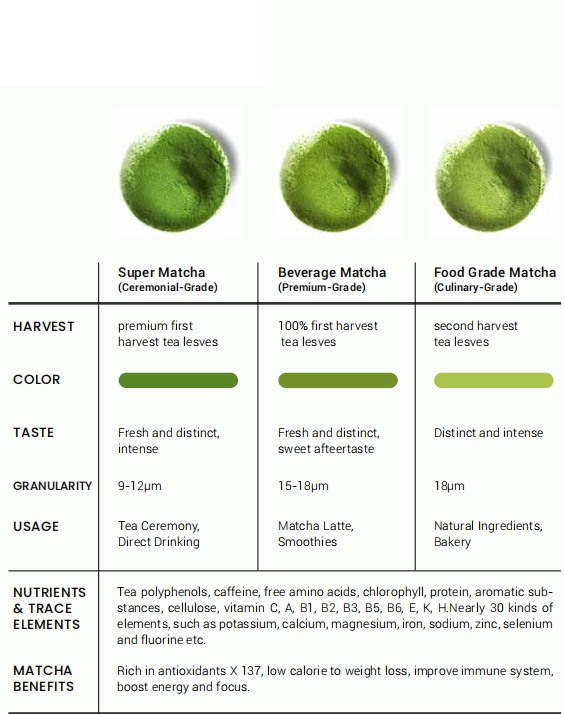match
Model :
Features :
Material :
Description :
Tea has been used for over 5,000 years in China. Beginning with Shennong, tea’s pop-
ularity flourished during the Tang and Song Dynasties and continues to grow today.
Tea was not originally used as a beverage but as a medicine. The “Divine Farmer,”
Shennong, used tea as an antidote when exploring various herbs to determine their toxicity
and medicinal properties. During the Warring States Period, tea was used to make soup. It
wasn’t until the Sui Dynasty that tea became popular as a standalone social beverage.
Early processing methods mainly involved steaming fresh leaves and forming them into
pressed cakes. The Tang Dynasty continued these methods, with tea sage Lu Yu recording
the traditional process. Tea beverages were prepared by grinding the necessary portion of
the tea cake into a powder, then combining the tea powder with boiling water.
By the time of the Song Dynasty, tea drinking had developed into an art form. Tea was
drunk from ornately painted bowls, and a ceremonial procedure had become standard tea
ritual. It was around this time that Buddhist Japanese monks were studying at the Yuhang Jingshan Temple and learned the Jingshan style of tea ceremony. These Japanese
monks brought Jingshan’s tea ritual back to Japan, starting what we know today as
Japanese matcha culture. In 2022, UNESCO recognized the Jingshan Tea Ceremony as part of China’s tea practices included among the world’s intangible cultural heritage.
Viewed from this perspective, matcha is a descendant of the Sui and Tang Dynasties of
China, where milled tea was called “motcha.” In the Ming and subsequent dynasties, China developed other forms of tea processing and ceremonies.
In 2021, the Tea Sub-Technical Committee of the International Organization for Standardization (ISO/TC34/SC8) clarified in its technical report solicitation draft that the origin of matcha came from China, and it was introduced to Japan at the end of the 12th century. The powdered green tea (noted as Song Style Motcha) has Its historical roots in China, having been introduced into Japan in the late 12th century and was produced using leaves of the Camellia sinensis (L.) O. Kuntze.



